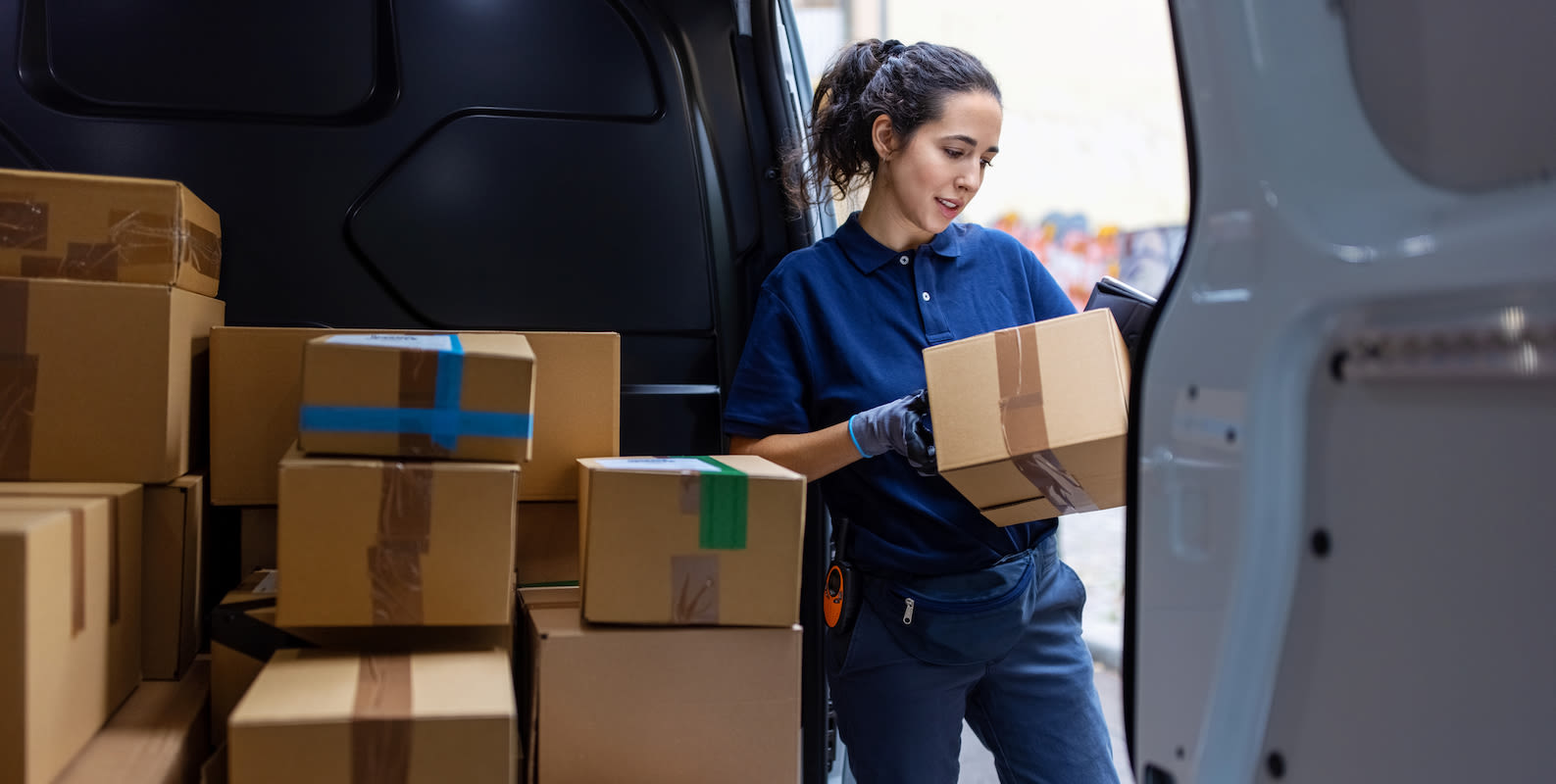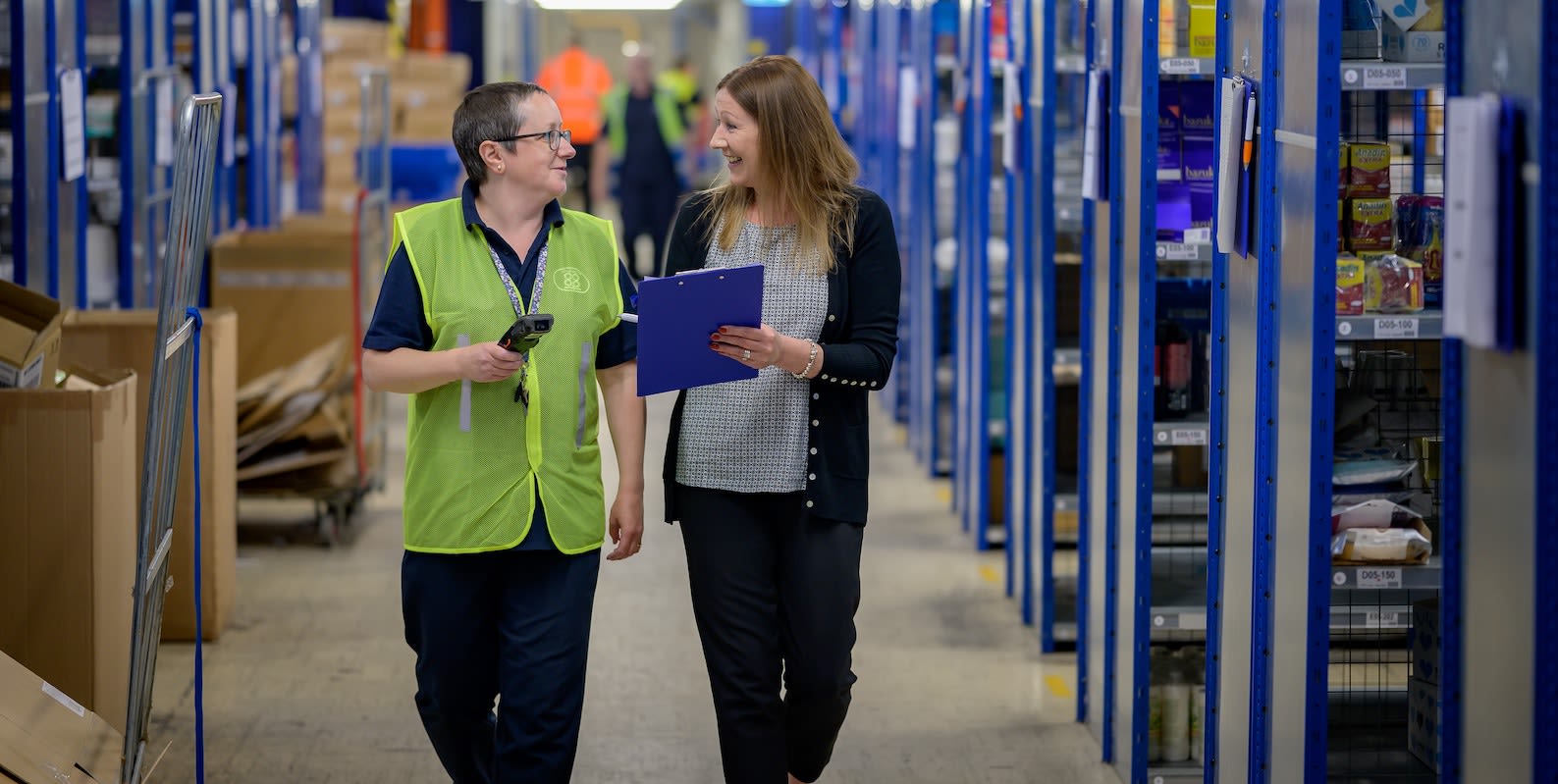
July 21, 2023
How To Improve On-Time Delivery Metrics Ahead of The Holidays
Tags:

Sr. Content Marketing Manager
This blog post was originally published by Deliverr, which is now Flexport. The content has been adjusted to fit the Flexport brand voice and tone, but all other information remains unchanged. With the merging of Deliverr’s services (DTC fulfillment, B2B distribution, and Last Mile delivery) into Flexport’s existing international freight and technology services, we’re now able to provide merchants with true end-to-end logistics solutions spanning from the factory floor to the customer’s door.
Customer demands are entering a new era. Even beyond speed and cost, customers now expect shipping reliability and transparent delivery timelines when they shop online. Fast and free shipping has been the standard for years, but delivery guarantees are also becoming key drivers of checkout conversion and customer retention.
In 2022, more than 60% of shoppers expected their orders to ship free and arrive within three business days. When fulfillment centers were understaffed or transportation carriers reached peak congestion, the ripple effect on delivery timelines caused consumers’ trust batteries to diminish.
Consumers will be choosing wisely who to purchase from during the 2023 holiday season. 45% of shoppers are now actively looking to purchase from brands that clearly display anticipated delivery timelines, especially before reaching the checkout page.
This expectation will be more than just communicating how many days a package will take to arrive on a customer’s doorstep. Businesses that take their communication one step further to accurately display delivery timelines will be able to win the holiday shoppers whose purchase decisions are heavily influenced by on-time delivery.
But First…What Is On-Time Delivery (OTD)?
On-time delivery (OTD) is when an order is delivered on or before the promised delivery date set by your business. Here’s how you calculate OTD:
On-time delivery (OTD) = Total number of orders delivered / # of deliveries that arrived after the promised delivery date
Before you can calculate on-time delivery metrics, you need to determine a reasonable date range for deliveries to be considered ‘on-time’ (many businesses choose a three-day window or less).
For example, if an item was promised to arrive on a customer’s doorstep by December 23, then it’s considered on time if it’s delivered between December 20 and December 23. If it arrives after December 23, it’s regarded as a late shipment.
The Negative Impacts of Late Deliveries
After you calculate your on-time delivery metrics, you can focus on improving them. Start by addressing the issues that are causing deliveries to be late. Some common causes are inventory management issues, order fulfillment issues, and delivery problems. Orders that ship late or are delivered outside the promised delivery date can cost you bad customer reviews, increased expenses, and lost customers:
- 45% of customers are unlikely to purchase from a business again if a package is delivered late
- 1 in 3 customers will leave a bad review or post on social media after a poor delivery experience
- When delivery times are too long, almost half of omnichannel shoppers will go elsewhere
Five Strategies to Track and Improve On-Time Delivery Rates
Fulfillment and logistics operations become more complex during the holidays. From increased order volumes to unexpected weather conditions to the potential for a volatile supply chain, businesses are preparing earlier than ever; and ensuring packages will be delivered on time is an important piece of the planning puzzle.
Get a head start on improving your on-time delivery metrics now to build a positive customer experience ahead of the holiday season.
Below are a handful of strategies you can use to improve on-time deliveries.
1. Set Clear Goals
Start by setting on-time delivery goals that meet your specific business needs.
Communicate these goals with your entire logistics team, including any warehouse and fulfillment center managers. If you’re working with a third-party logistics (3PL) provider like Flexport to fulfill orders, share your goals with this team as well to ensure they’ll be able to meet your expectations. And if they can’t, it may be time to switch providers.
2. Use Forecasting Methods
Preparing forecasts several months in advance can be especially helpful when trying to hit your on-time delivery metrics. While there are several third-party forecasting tools available to help you gain visibility into your supply chain, it’s important to choose one that adheres to your business’s known stocking issues, feedback from sales, and historic customer data. This will ensure you keep the right amount of inventory in stock and prevent stockouts (more on this in a minute).
Here’s a brief overview of the most common inventory forecasting methods to use during the holiday season:
- Trend forecasting: Projects possible demand by showing how specific customers (including types of customers), will likely purchase from your brand in the future
- Graphical forecasting: Takes trend forecasting one step further to visualize trend data insights to show sales peaks and valleys
- Qualitative forecasting: Involves complex data collection from customers, such as focus groups or market research
- Quantitative forecasting: Uses past numerical data to predict future trends
When partnering with a 3PL, you often get access to forecasting tools to help you make better inventory projections. Within Flexport’s platform, not only can you see a snapshot of your inventory levels, but you can also see recommendations of popular SKUs that are running low so you never miss a sale.
3. Have a Fast SKU Replenishment Strategy In Place
In addition to having proper forecasting methods in place, it’s equally as important to set up a SKU replenishment strategy. This will allow you to leverage your consolidated inventory and send stock quickly to any destination at the right time.
SKU replenishment is crucial to hitting your on-time delivery metrics during the holidays since it helps you keep fulfillment centers stocked and inventory ready to ship as soon as a customer places an order. Flexport’s Replenishment service enables you to stay on top of your inventory levels with clever and timely product restocking across channels.
Simply store your inventory at an upstream facility and we’ll handle the rest. Our team monitors inventory levels and automatically replenishes low stock at fulfillment centers on your behalf.
4. Streamline Inventory Management With Automation And Real-Time Data
Increased automation, AI, and data insights are revolutionizing logistics. Advances in robotics and automation enable businesses to improve the throughput, accuracy, and efficiency of their fulfillment operations while decreasing their dependence on labor. The faster you can pick, pack, and ship orders from your fulfillment center, the higher your on-time delivery metrics will be.
Flexport’s platform can help ecommerce merchants keep tabs on orders that were on time versus those that were not. Access data insights from any given timeframe to help understand and improve your on-time delivery metrics.
5. Utilize Micro-Distribution Centers for Fast Shipping
You can’t always control carriers' pick-up and delivery timelines during the hectic holiday season. However, there is an effective way to better manage deliveries: strategically position your inventory using micro-distribution centers. Localizing your inventory across fulfillment centers closest to your customer demand means products travel fewer miles to your customer’s doorstep.
Additionally, this strategy also allows you to offer fast shipping on your biggest sales channels. With Flexport’s fast-shipping badges, you can get your products in front of more customers, and increase sales and trust with badges and more accurate delivery dates.
Turn a delivery problem into an opportunity by allowing shoppers to purchase gifts as close to the holidays as possible. You’ll be offering fast deliveries while other businesses struggle to manage their on-time deliveries.
Start The 2023 Peak Season With Strong OTD Metrics
At Flexport, we strive to provide merchants with faster delivery so they can accelerate sales everywhere. Don't wait until the last minute to improve your delivery rates. Talk to a fulfillment expert today or visit our 2023 Peak Season Preparation Hub to get a head start on your holiday planning.
About the Author

Sr. Content Marketing Manager







